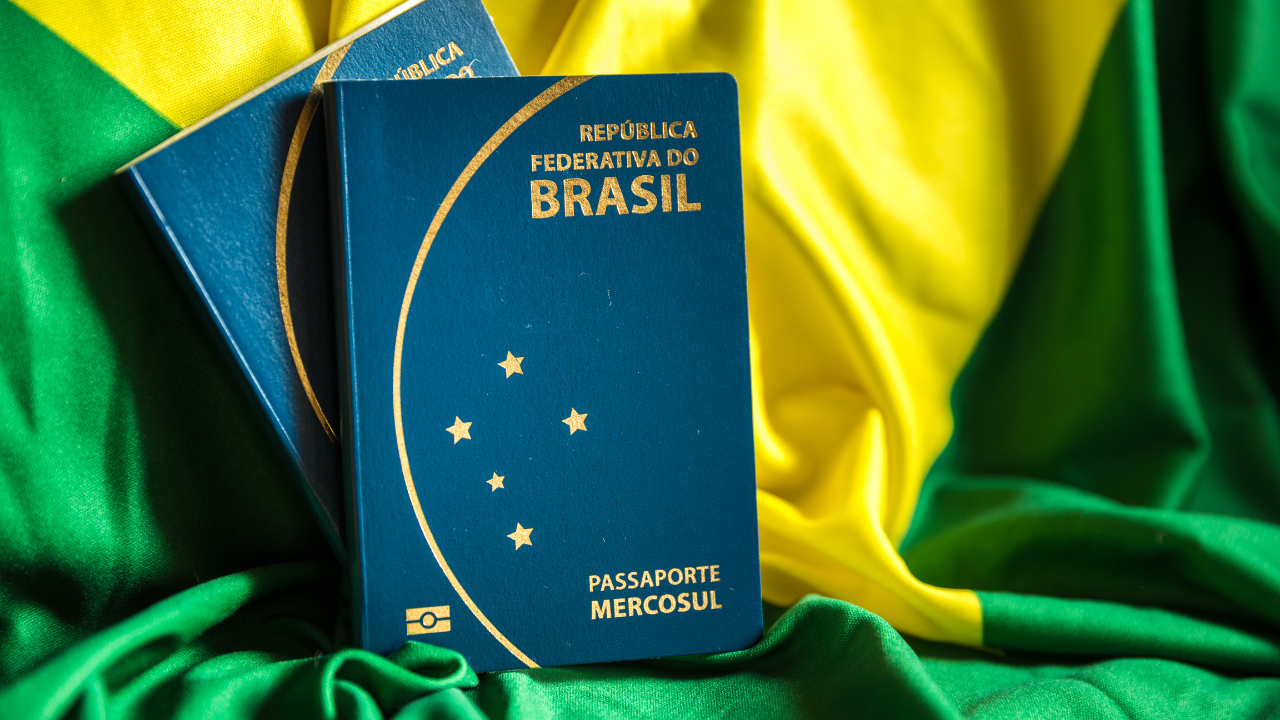MBA/MSc in Australia - What is it like? Is It Worth It?
Many people come to me to ask about my experience doing an MBA in Australia. And the vast majority tell me that this is a distant dream, because of the difference in values between this type of course and a VET (vocational courses, very common here). But the truth is that if you do a little research and prepare yourself, when we put it in the tip of the pencil, a Master's degree, or MBA, can be much more advantageous.
To begin with, it is important to know that in Australia the word "Master" is divided into two categories of Master's degrees. The difference is in the structure of the courses, see:
Masters by Coursework
It is similar to a traditional graduate degree. The student receives a specialist title in a discipline. In this model, it is necessary to attend classes, as well as do papers and tests for evaluation. An MBA, for example, is a Master of Business Administration (by Coursework).
Masters by Research
In this option, besides completing the pre-selected curricular program, the student will have to develop an individual and independent research with the support of a professor. The objective of this program is to transform the student into an advanced specialist in his or her area of interest. Therefore, a thesis conclusion must be submitted at the end of the program.
The Master's program in Australia lasts
approximately 2 years (with exceptions that last 3 years). They cost between
$20,000 and $40,000 per year, with universities offering
scholarships up to 100%.
How can I get into a Masters by Coursework?
Each course and university will have different requirements, according to the needs of the specific course. But the basic requirements of most include:
- English: "Must" have advanced English and proven via official English test IELTs / Cambridge / PTE*
- College Education: Have completed a bachelor's degree (can be in your country or internationally). It will be necessary to present a diploma and complete academic transcript (in the original language and a sworn translation);
- Experience: 1 year of experience in the field (not mandatory, but will be taken into consideration for you to be accepted, so the more experience the better);
- No formal education, but experience: Some universities accept the professional without a college degree, but in this case you would need to have at least 6 years of experience in your field.
*Some universities allow students to take a university's own English test, which replaces the official test. But if you plan to apply to more than one university, it is recommended to take an official test (of academic English and use the same one for all applications).
After gathering all the documents and filling out the application form, you should wait an average of one month for the University to respond with an offer letter. Some already offer scholarships automatically, others need to be applied for after receiving the offer letter.
In some cases, the University may ask for further documents to prove that you are able to enter the course.
Having the help of a specialized agency, such as Education Way, ensures that you submit all the necessary documents in the right way and do not miss any deadlines, increasing your chances of getting a good scholarship.
In addition, many universities charge application fees for students who apply alone, while the same application is made free of charge through the agency, since the agency does the initial document review process, decreasing the time spent by the universities.
There is no extra fee to apply to Universities through Education Way, contact us.
How can I get into a Masters by Research?
To enter a Master by Research the process is quite different from applying by coursework. Before you even submit your documents to the university, you need to find a faculty advisor (researcher) who has the same interests as you and is interested in helping you with your research.
For this purpose, most universities have web pages that expose their researchers and their areas of interest. You have to go to each one separately and look for the mentors that fit your profile.
Some already have projects underway and are looking for people to join, while others are open to new research projects in the related field.

You will need to communicate with the supervising professors in your area and introduce yourself, showing your academic and professional profile, as well as presenting your research project or why you fit into it.
Once a professor agrees to be your advisor, he/she will guide you through the application process at the University he/she is affiliated with, and will usually help you get a scholarship.
You can only apply for a Master by Research when you have an invitation from a supervising professor at the University.
But what are the advantages of doing Masters in Australia?
Of course, each person will take something different from the experience of studying a Master's degree in Australia. But I have separated some of the most interesting advantages (from my point of view):
Networking

The teachers, for the most part, are professionals with extensive experience in the area and with good positions in the job market.
This is a great opportunity for you to improve your networking. Many of them help the best students get internships in the field, which can lead to a full-time job once the course is over.
Post Study Work Visa – 485
When you complete a master's degree in Australia, you have the possibility to apply for a temporary residency visa, called a "Post Study Work Visa" within 6 months after completion.
Most of the time, this visa lasts 2 years, but if you have graduated with a Master's degree in Research, Phd or in some regional areas, your Post Study Work Visa can last up to 4 years.
For the duration of your graduate visa you will be able to work unlimited hours, which usually opens many doors in the job market.
Some students agree that when dividing the total amount of tuition over the 4 visa years (2 master's + 2 485 visas), the investment is more worthwhile than doing a 4-year VET.
International Recognition
To begin with Australia has only 43 universities, 40 of these are public and are ranked among the 500 best universities in the world (QS World University Rankings). With an excellent international reputation and strong ties with research institutes and industries, you will be in a country that invests in quality education and is internationally recognized for this, which will make a big difference in your resume.

For example, have you ever heard of the Group of Eight (Go8)?
The Group of Eight consists of 8 top universities, 7 of which are ranked in the top 100 universities in the world and all 8 of which are ranked in the top 150, namely:
- The University of Melbourne;
- The Australian National University;
- The University of Sydney;
- The University of Queensland;
- The University of Western Australia;
- The University of Adelaide;
- Monash University;
- UNSW Australia
Partner can work Full-time
Investing in a Master's degree makes even more sense when you are in Australia as a couple, as the partner, who is not the main applicant/student, will be entitled to work unlimited hours throughout the course and the subsequent graduate visa.
Remember that in order to apply for a student visa as a couple, it is necessary to prove that you have both lived together for at least one year.
Quality of Life

Did you know that five of the 30 best cities for students in the world are in the land of kangaroos? Among them are Melbourne, Sydney, Perth, Adelaide and Brisbane.
My recommendation is that you look for which one has a similar lifestyle to yours (believe me, they are very different).
Universities Structure
In general, the structure of the universities is always surprising: complete, organized, and modern libraries; fitness centers; restaurants and cafeterias; not to mention the events for the students, which are happening all the time.
Where to Live While I Study Masters in Australia?
Besides the cost of the course, you will also have to think about the housing issue, so we have separated 3 most common options in Australia. Take a look.
Campus
Most universities offer on-campus accommodation, from apartments to simple dormitories. These can be cheaper if they do not include meals. However, they are in high demand, so it is good to apply early and it is important to know that the reservation must be made for the entire semester.
There are scholarships to assist with the cost of on-campus housing, but you must apply separately to the University's application after accepting the University's offer.
UniLodge or Student Residence
There are several companies that specialize in student residences, which can be just one room or mini apartments/studios.
These are buildings, usually in the city center or close to University campuses, where only students live.
Homestay
In this option, the student stays in the house of an Australian family, which is a great opportunity to learn about the local culture. Food is usually included, but the dormitory varies in each home, and can be single or double, the choice is up to the student. The families are chosen by a university system, making everything safer. This type of accommodation is temporary, and is usually contracted for only 4 weeks, just for adaptation.
The student switches to one of the other options later.
Rented House
The foreigners, and even the Australian students, have the habit to get together and rent a house or an apartment to share the expenses. If you have good contacts, it can be the most economical option.
On the university campus or even online, you can find ads, but always prefer the safest options.
How do I find the perfect course for me?
Each university offers different courses and some options are not available in certain states. To make the search easier, the Australian government offers a website called CRICOS (Commonwealth Register of Institutions and Courses for Overseas Students), where all the courses approved to receive international students are listed (yes, there are courses where only Australian students are allowed to study).
On this site you can put what type of course you want and key words, for example I searched for Masters by coursework in Architecture in the state of Victoria:

I got 13 results:

IMPORTANT: In general the course prices on the CRICOS site are not correctly updated, it is important to go directly to the University's site to know the current tuition price and if the course is actually being offered at the moment. It may happen that a University has the registration to offer a course but is choosing not to offer it at the moment.
If you are having trouble finding the course you want and would like our help, be sure to contact us! We love to help you search for master's degrees that fit your profile!
EXTRA TIP: Take AQF into Consideration
The AQF (Australian Qualification Framework) sets out the levels of study in the Australian education system. Once you complete a level, it is unlikely that you will be able to get a student visa approved to take a course at a level below the completed level.
So if you plan to study VET courses or take English classes, do those first. Once you complete a level, it is unlikely that you will be able to get a student visa approved to take a course at a level below the completed level.
So think carefully about your visa strategy, and if you need help, count on me and the entire Education Way team!






